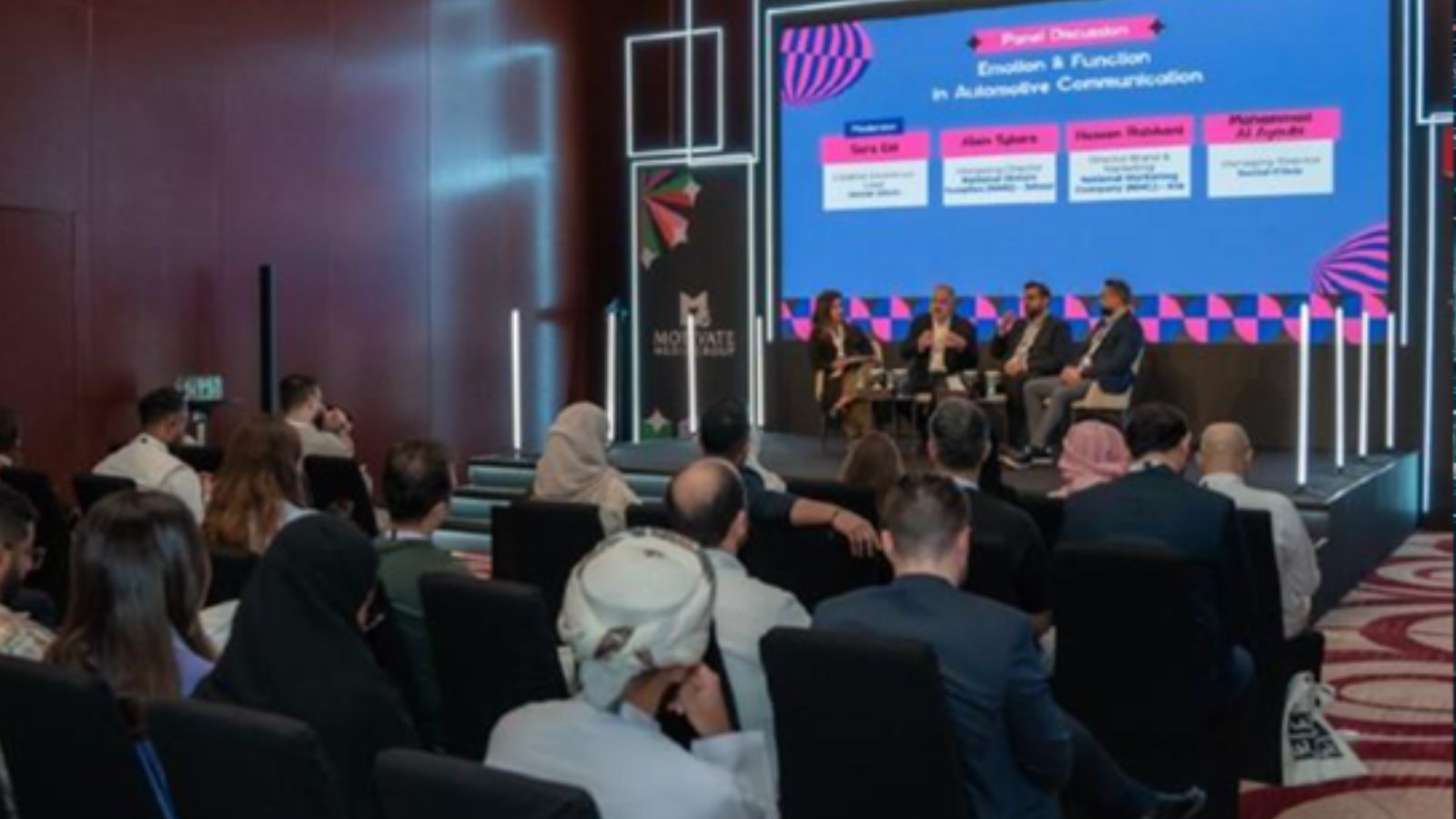Operational Context
Riyadh routinely manages high-footfall events (e.g., Riyadh Season, major forums) with layered traffic plans, pop-up perimeters, and surge public-transport/parking operations. Congestion effects concentrate around venue envelopes and radial arterials; demand spikes at hotels, F&B, and ride-hailing typically extend into late evening. Weather (dust/winds) can intermittently affect outdoor segments and visibility on approach roads.
Executive Summary
- Date of Event: 21–22 October 2025
- Location: Riyadh, Saudi Arabia
- Risk Category: Travel Risks
- Severity Level: 2/5
- Confidence Score: 90%
Expect low–moderate, short-duration disruption centered on the venue and surrounding corridors. Primary impacts: traffic congestion, parking saturation, ride-hailing surge pricing/wait times, and mild schedule drift for deliveries and onsite appointments. City capabilities and policing lower the likelihood of material safety or infrastructure issues. Elevated activity likely 2–3 days including set-up/tear-down.
Current Updates
Festival organizers and city agencies are executing standard crowd/traffic plans, including event-hour lane management, wayfinding, and increased security/EMS presence. Hotels and retail near the venue report higher bookings and extended operating hours.
Known Hotspots and Sensitive Zones
- Event Perimeter: Festival grounds and immediate access roads (venue gates, drop-off loops, service alleys).
- Arterials & Hubs: Likely pressure on King Fahd Rd., King Abdullah Rd., Prince Turki bin Abdulaziz Al Awwal Rd., and nearby interchanges; pick-up points at large malls/hotels near the venue.
- Public Spaces: Adjacent promenades, parking structures, and crowded F&B districts.
Impact on Transportation and Services
- Roads: Peak-time slowdowns and intermittent diversions near the venue; parking fills early; curb-space restrictions for buses/coaches.
- Public Transport & Taxis/Ride-hail: Higher wait times and surge fares at open/close; temporary queueing controls at designated stands.
- Operations: Minor appointment slippage for field teams and couriers in the vicinity; increased evening staffing load for hospitality/retail.
Recommendations
- Workforce & Mobility
- Encourage remote work/staggered shifts for staff commuting through the venue area; publish red/amber/green corridors and best travel windows.
- Pre-book shuttles/taxis for essential onsite teams; designate off-site park-and-ride meet points.
- Supply Chain & Assets
- Re-time deliveries to off-peak (early a.m./late night); use back-of-house access and pre-registered vehicle lists.
- Stock buffer inventory for F&B/retail close to the venue; confirm cold-chain and POS uptime.
- Crisis Coordination & Comms
- Activate a lightweight event desk (Ops/Security/HR) for day-of traffic alerts and staff messaging; push a single channel (WhatsApp/Teams/SMS) for live updates.
- Issue client advisories for potential delays and virtual alternatives where appropriate.
- Security & Facilities
- Tighten access control (badging/visitor pre-clear), adjust CCTV patrol routes to crowd flows, and stage first-aid kits and water points for staff.
- Review weather contingencies (dust/wind) for outdoor fixtures and signage.
Multi-Dimensional Impact
Impacts will cluster around mobility and local operations: festival-hour traffic and parking saturation will slow commutes, ride-hail pickup cycles, and last-mile deliveries within the venue envelope. Business operations nearby should see a net uplift in footfall, albeit with staffing strain and longer vendor lead times. People safety risk remains low, driven mainly by crowding and heat/dust exposure; routine EMS presence mitigates this. Asset security considerations are standard (petty theft/parking lot incidents) and addressed via access control and surveillance. Regulatory/legal obligations are limited to event permits and traffic orders. Communications/IT effects are indirect cell-site congestion in micro-areas at peak. Environmental effects are minor (litter/vehicle idling) and typically cleared swiftly. Overall: contained, predictable disruption with upside for hospitality/retail and minimal systemic risk.
Situation Outlook
Baseline expectation is smooth execution with localized congestion across 21–22 October and quick normalization within 24 hours post-event. A moderate variant involves adverse weather or attendance spikes, extending congestion beyond the immediate perimeter and prompting short pauses of outdoor segments. A severe scenario is unlikely but could involve significant weather or a major incident, forcing partial cancellations and citywide delays.
Emergency and Monitoring Channels
- Emergency: 911 (KSA)
- Police: 999
- Ambulance: 997
- Civil Defense/Fire: 998
- Live Updates:
Strategic Takeaway
Treat 21–22 October as a planned, low-risk congestion window. Win the period by front-loading deliveries, shifting non-essential travel, pre-booking mobility, and over-communicating directions and timing to staff and customers. Keep a brief weather/contingency plan ready for outdoor elements and be poised to revert to normal operations the day after close.
Stay ahead of operational risks with real-time alerts, scenario modeling, and expert advisories with datasurfr’s Predict. Start your 14-day free trial of Datasurfr’s Risk Intelligence Platform today.


